


Astronomers studying the remnant SNR 0509-67.5 have finally caught a white dwarf in the act of a rare “double-detonation” supernova, where an initial helium blast on...
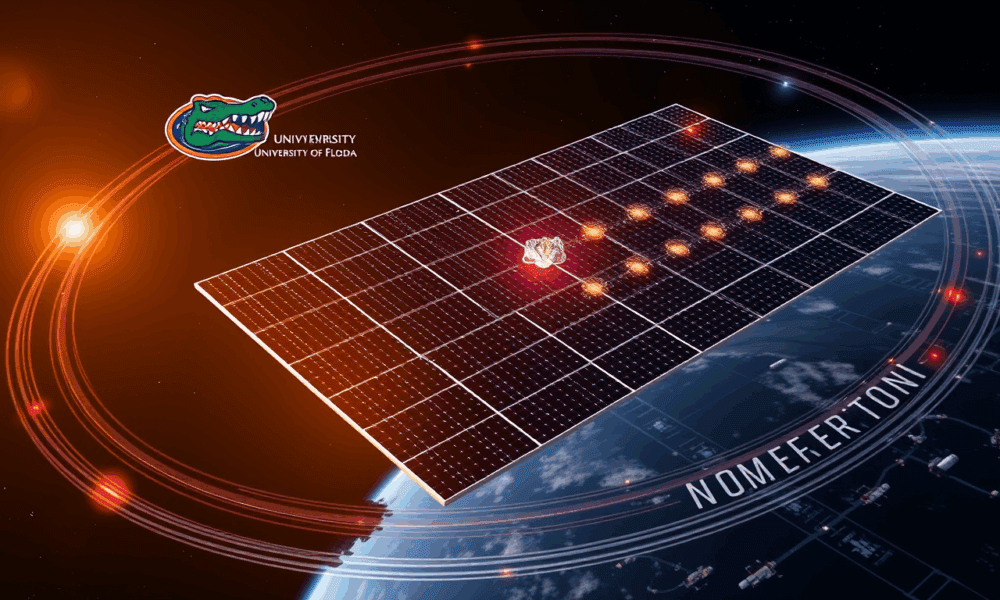
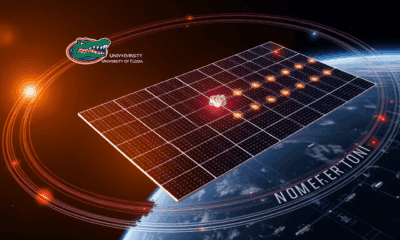

UF engineers, backed by DARPA and NASA, are perfecting laser-forming techniques that let metal sheets fold themselves into giant solar arrays, antennas, and even space-station parts...
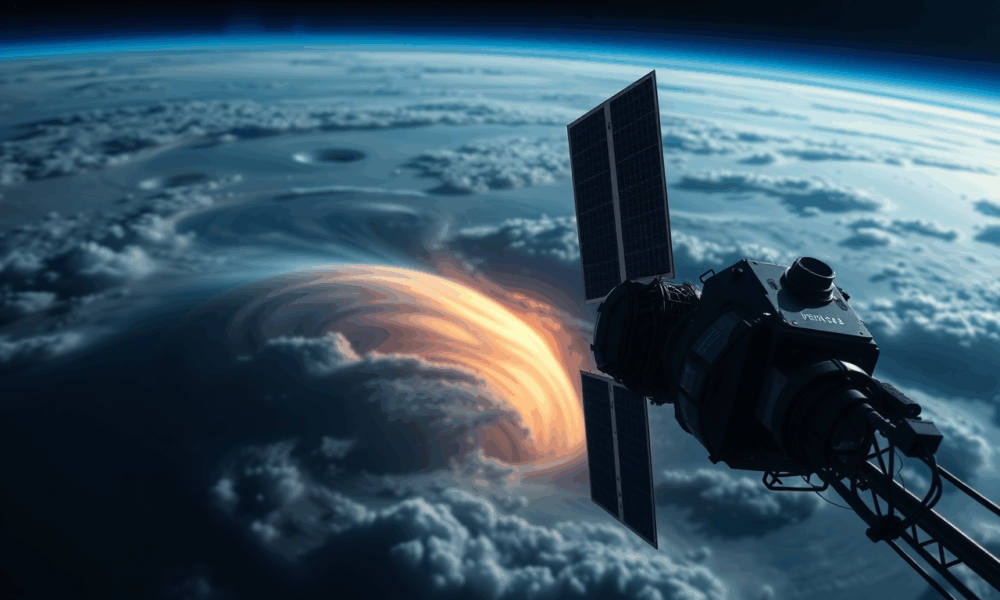


Japan’s Himawari weather satellites, designed to watch Earth, have quietly delivered a decade of infrared snapshots of Venus. By stitching 437 images together, scientists tracked daily...



Citizen scientists using the Kilonova Seekers platform spotted a stellar flash 2,500 times brighter than before, allowing astronomers to identify the exploding cataclysmic variable GOTO0650 within...
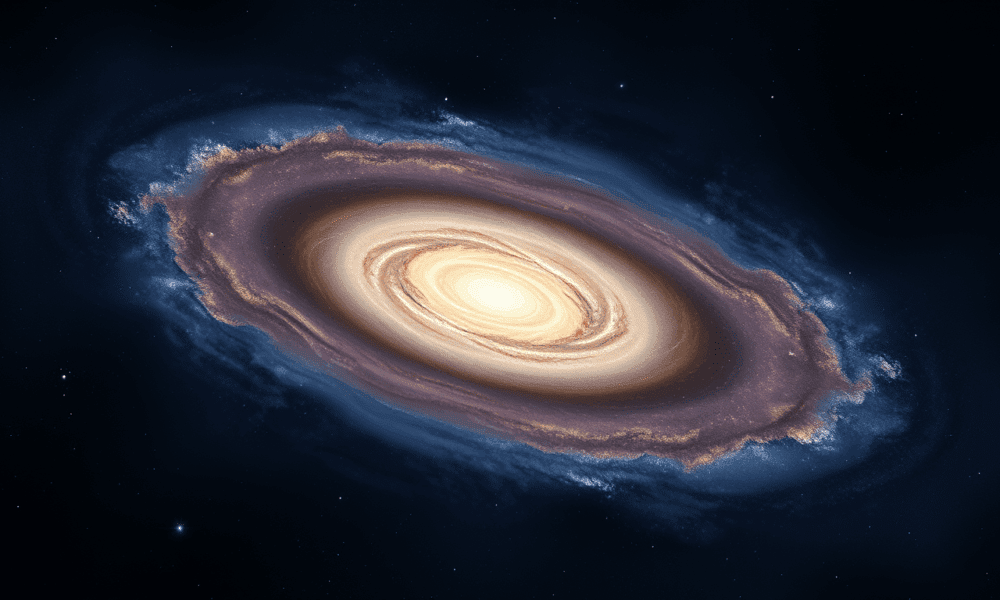
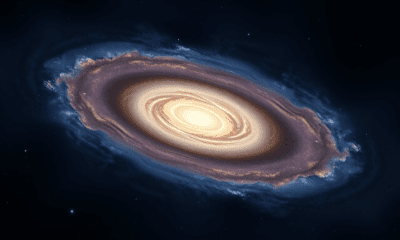

Using the James Webb Space Telescope, scientists spotted thin and thick disks in galaxies as far back as 10 billion years ago—something never seen before. These...

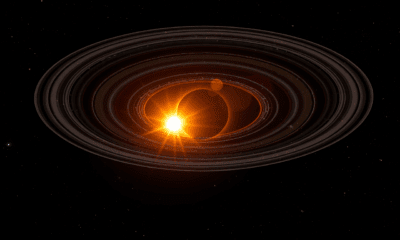

In a stellar nursery 460 light-years away, astronomers sharpened old ALMA data and spotted crisp rings and spirals swirling around 27 infant stars—evidence that planets start...



Imagine printing your Martian home from dust, sunlight, and a bit of biology. A new synthetic lichen system uses fungi and bacteria to grow building materials...
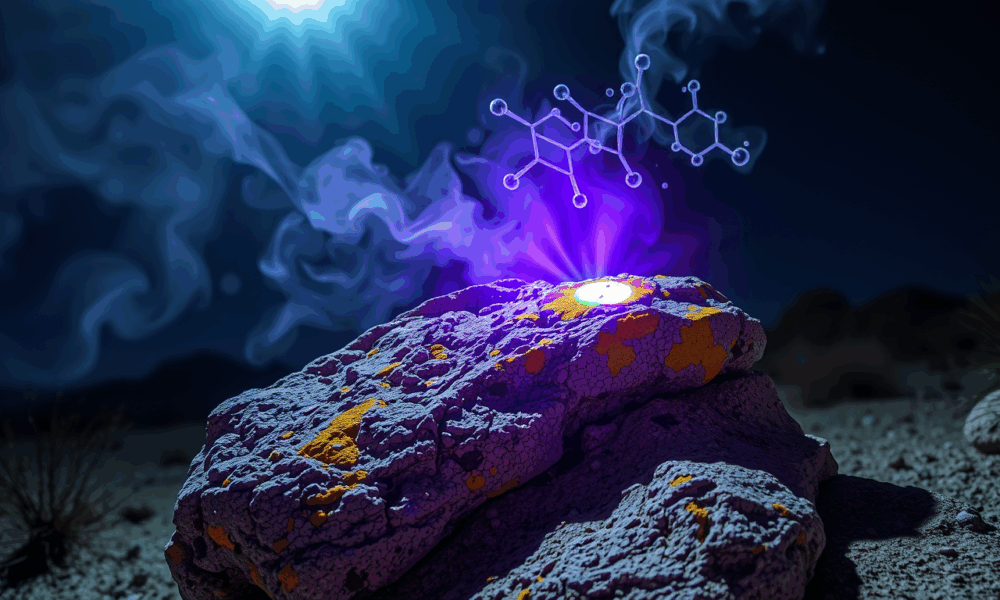


Lichen from the Mojave Desert has stunned scientists by surviving months of lethal UVC radiation, suggesting life could exist on distant planets orbiting volatile stars. The...
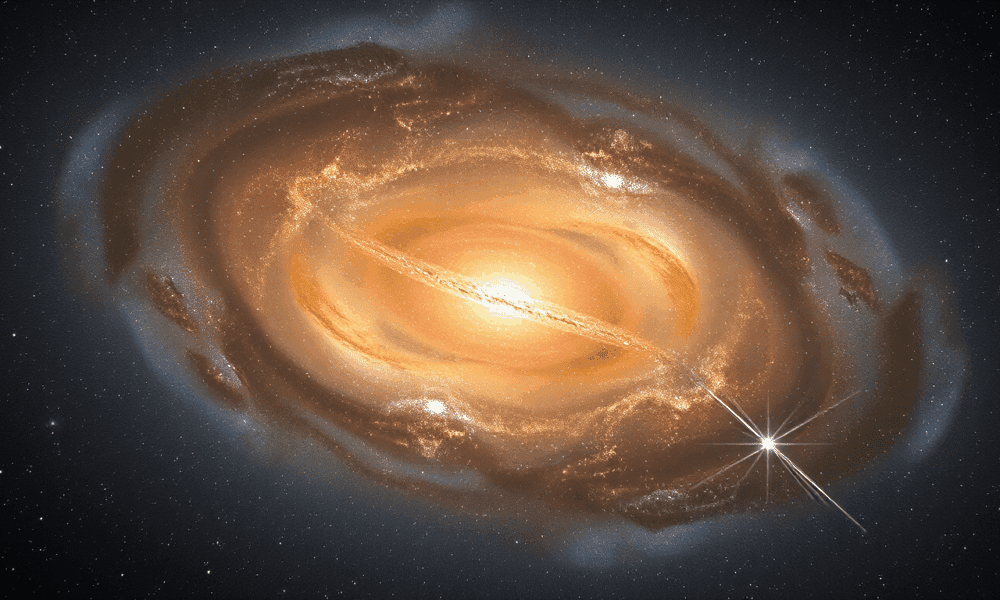
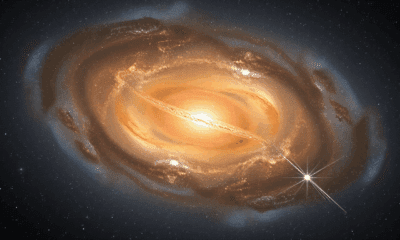

Scientists are peering into the universe's mysterious Cosmic Dawn using the faint whispers of hydrogen radio waves emitted over 13 billion years ago. These signals, particularly...

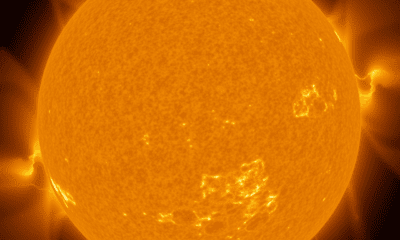

A stunning breakthrough in solar physics reveals ultra-fine magnetic structures on the Sun's surface, thanks to the NSF's Inouye Solar Telescope. Researchers captured never-before-seen bright and...